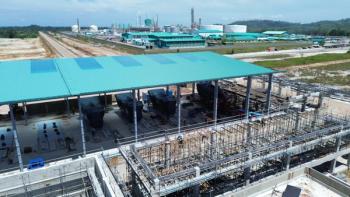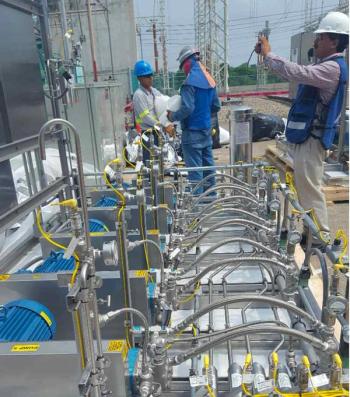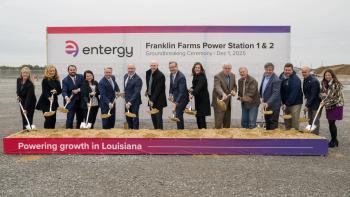
India: The problems of wind power
In
India
, some of the worst case scenarios of unplanned wind power development are coming true. The nation has two states that have high wind potential – Tamil Nadu and
Gujarat
. Of the two,
Gujarat
’s soil conditions are not the best suited for onshore wind turbine installations, and so Tamil Nadu has been leading in wind power.
For the last 10 years, even as the state economy grew by nearly 10% and with the population at 72 million, the state has not built any conventional power plant – no coal, gas, nuclear or even hydro. Instead, the state has built nearly 5,000 MW of wind capacity, which is about one third of the overall capacity.
Tamil Nadu boasts of strong winds, but only between May and October. The rest of the months, wind power generated is nearly zero. Even in the high-wind season, the power produced varies by more than 100% day by day.
Wind, instead of being an additional source of environment friendly power, has become the peaking power that comes online in the summer when loads peak. With demand hovering at 12,000 MW in the summer, the state has not been able to keep up power supply as wind power fluctuates. The result: Rolling black outs of one hour in big cities and three hours in the more rural areas.
Though deregulation in 2003 loosened state monopolies, power generation, distribution and transmission are still concentrated in the hands of local governments. Electricity trading, such as spot markets, is still quite under developed. As a result, an arrangement like the PJM interconnect in the
U.S.
where utilities band together to avoid being penalized for choosing unsteady wind power cannot be thought of.
Newsletter
Power your knowledge with the latest in turbine technology, engineering advances, and energy solutions—subscribe to Turbomachinery International today.





